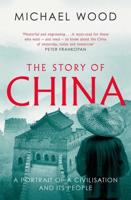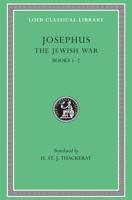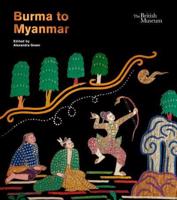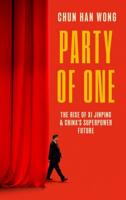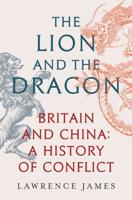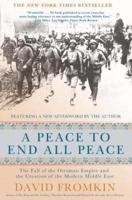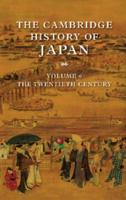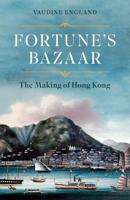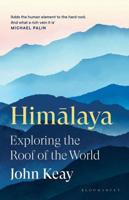Publisher's Synopsis
This book provides new insight into the creation of the Chinese empire by examining the changing forms of permitted violence-warfare, hunting, sacrifice, punishments, and vengeance. It analyzes the interlinked evolution of these violent practices to reveal changes in the nature of political authority, in the basic units of social organization, and in the fundamental commitments of the ruling elite. The work offers a new interpretation of the changes that underlay the transformation of the Chinese polity from a league of city states dominated by aristocratic lineages to a unified, territorial state controlled by a supreme autocrat and his agents. In addition, it shows how a new pattern of violence was rationalized and how the Chinese of the period incorporated their ideas about violence into the myths and proto-scientific theories that provided historical and natural prototypes for the imperial state.

